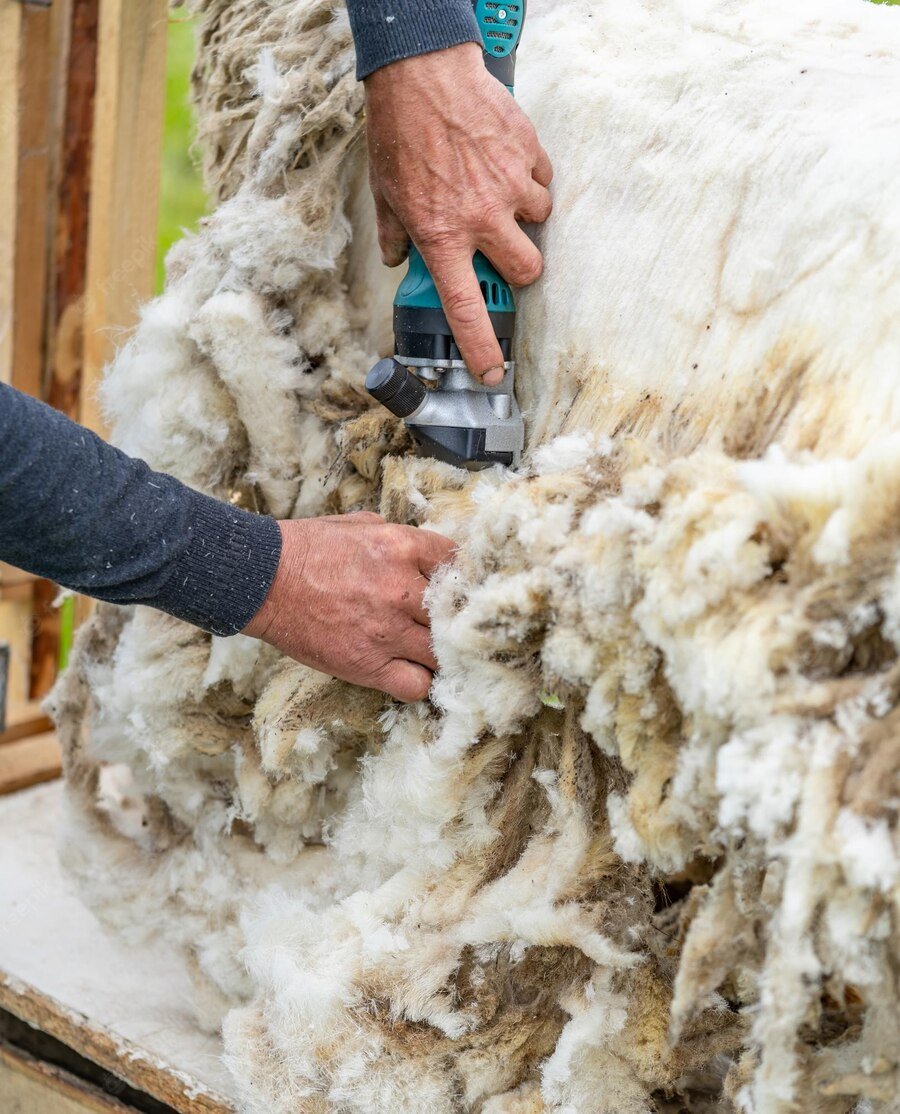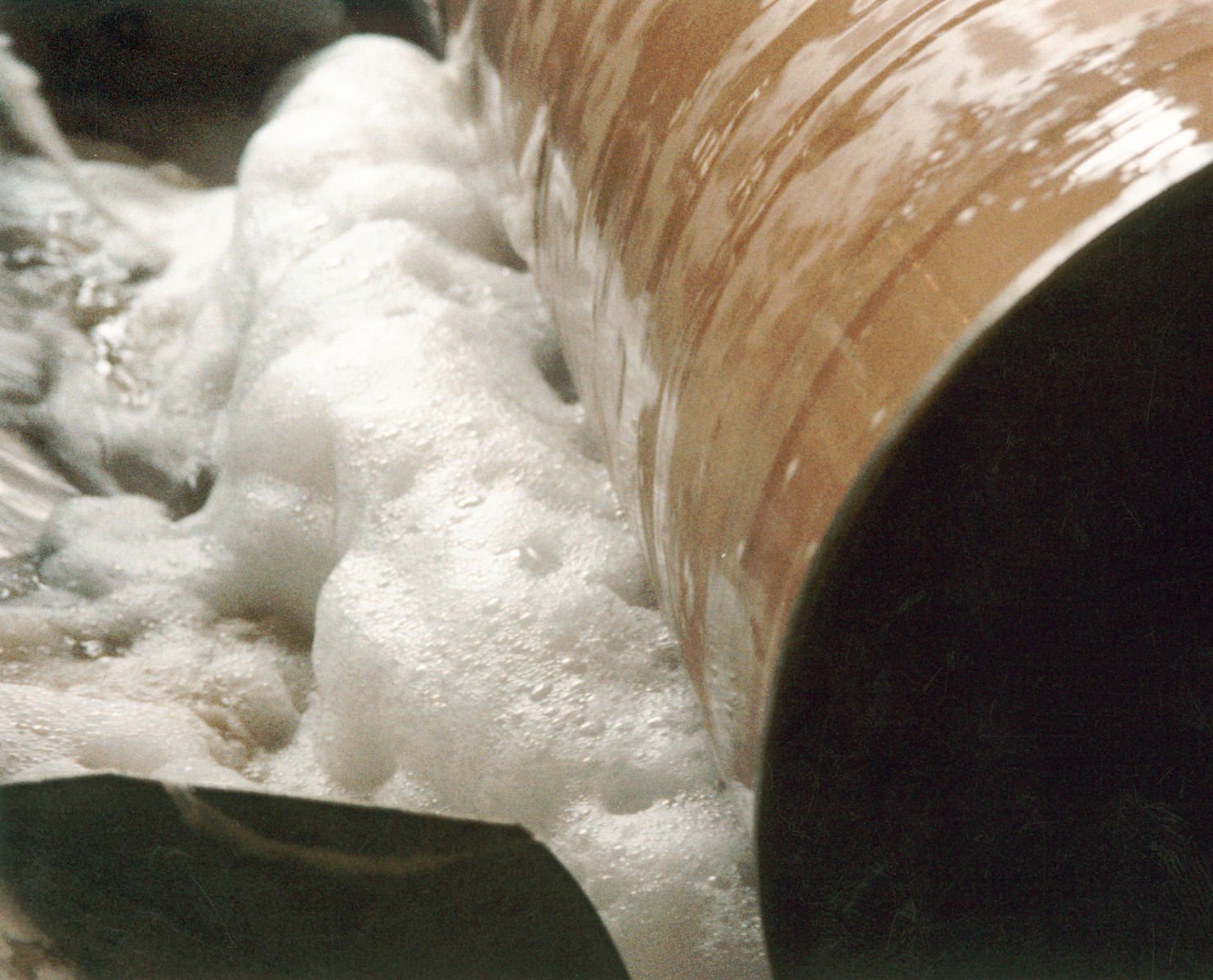An Environmental Journey of our New Zealand Wool
Sustainability and carbon footprint are important factors to consider when choosing a textile.
Wool has natural environmental benefits. The raw fibre itself has properties that benefit the environment significantly. Each fibre has its own characteristics; wool, however is the most environmentally friendly fibre. Because a fleece weighs approximately 2kg, each sheep produces enough wool yearly for approximately 8-10 metres of fabric. That is true sustainability.
It is naturally capable of neutralising the harmful volatile organic compounds (VOCs) emitted by plastics and synthetic fibres; the more wool in a room, the cleaner the air. Wool is naturally flame resistant; most codes can be met without the use of chemicals.
Our mid-micron wools are sourced from local New Zealand farms, then spun in Wellington, dyed, woven, and finished here with us in Auckland.
Sheep Shearing
The process of removing the wool from the sheep's back occurs once or twice a year, depending on the climate and what is best for the animal as the winter months approach. Electric clippers are used on most farms in more temperate climate zones.
Shearers in New Zealand typically use the Godfrey Bowen technique, in which the sheep is positioned to remain still for the entire 2-3 minute process.
While the fleece has value, it is as much about animal husbandry and animal health as it is about the fleece itself.
Wool Processing
Woolworks scour all the New Zealand Wool that are used in our textiles. Scouring is the first process after shearing that removes the seed and grease from the wool. Historically, this process was harmful to the environment, but Woolwork's operations take an environmentally conscious approach. Their ethos is to live and work in an environment that is in harmony with nature.
Scouring consumes a substantial amount of water, previously, scours were located near rivers, and waste was discharged directly into them. This is no longer the case.
Water is processed and reused at a Woolworks scour, and this is monitored continuously. Similarly, with heating and the use of renewable energy. For example, dry waste such as seed matter is recycled into fertiliser.
Woolworks is also certified under the Responsible Wool Standard, and all wools can be traced back to the farm where they were grown.
Wool Spinning/Weaving
From the scour, the wool is sent to Wellington, where the wool is spun into yarn by Woolyarns. There are significant regulatory requirements that Woolyarns exceed, particularly when it comes to water, and all wastewater is treated to a level that it can be returned to the aquifer.
The yarn then comes to us at our Mt Wellington, Auckland plant.
The factories that process our wool from the sheep’s back to the final product employ over 300 New Zealanders!





